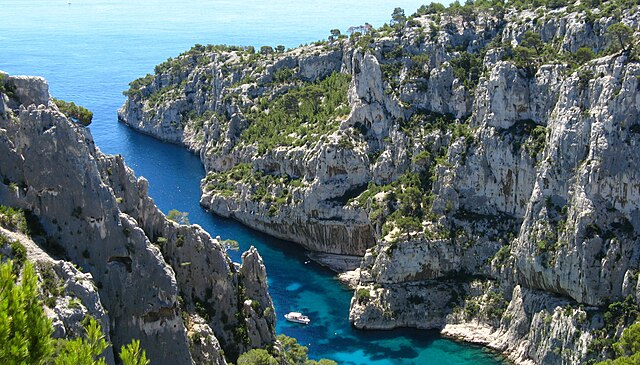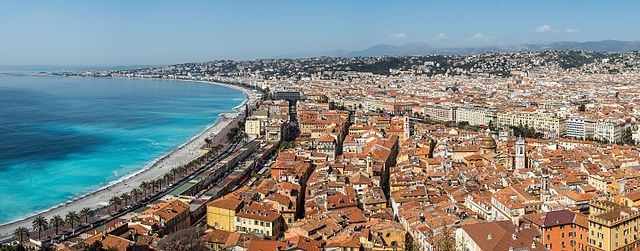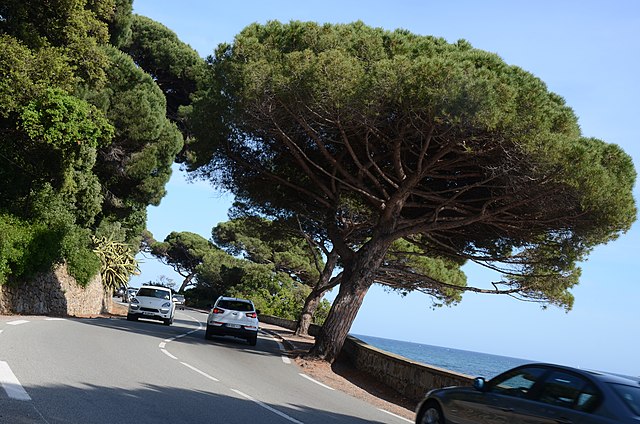The Canal du Midi is a 240 km (150 mi) long canal in Southern France. Originally named the Canal Royal en Languedoc and renamed by French revolutionaries to Canal du Midi in 1789, the canal is considered one of the greatest construction works of the 17th century.
The Orb Aqueduct, which allows the Canal du Midi to cross the river Orb in Béziers
Portrait of Pierre-Paul Riquet, the designer of the Canal du Midi
Photograph of the Letter, Archives of the canal, Toulouse
Plan of the Project
Southern France, also known as the south of France or colloquially in French as le Midi, is a defined geographical area consisting of the regions of France that border the Atlantic Ocean south of the Marais Poitevin, Spain, the Mediterranean Sea and Italy. It includes southern Nouvelle-Aquitaine in the west, Occitanie in the centre, the southern parts of Auvergne-Rhône-Alpes in the northeast, Provence-Alpes-Côte d'Azur in the southeast, as well as the island of Corsica in the southeast. Southern France is generally considered part of southern Europe because of its association with the Mediterranean Sea.
Calanques National Park between Marseille and Cassis, in Bouches-du-Rhône
Southern France, based on a split along the 45th parallel
Nice is often considered abroad to be southern France's best-known city although Marseille is the largest.
Coastal road near Sainte-Maxime








